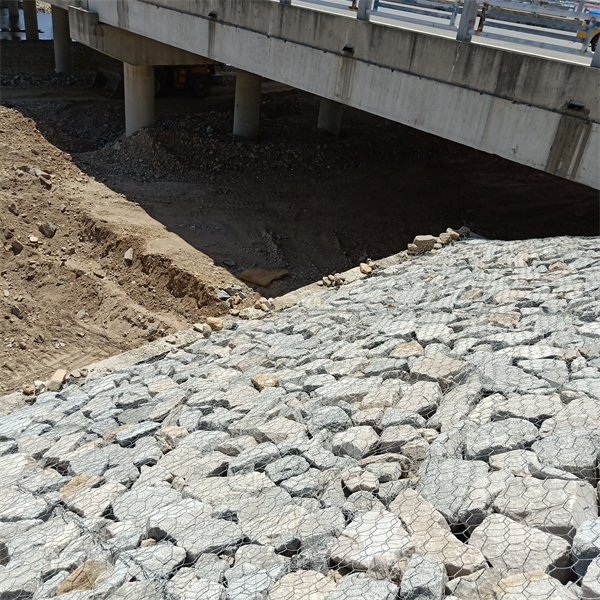nov . 14, 2024 09:09 Back to list
best gabion steps
Best Gabion Steps for Effective Construction
Gabions, wire mesh cages filled with rocks or other materials, are becoming increasingly popular in landscaping and civil engineering. Their versatility and durability make them ideal for various applications, from retaining walls to decorative features. If you want to construct a gabion structure effectively, follow these best steps.
Step 1 Planning and Design
Before diving into construction, spend time on planning. Determine the purpose of your gabion structure—whether it’s for erosion control, a garden border, or a decorative element. Choose the size and shape appropriate for your project. It is essential to consider local regulations and obtain any necessary permits.
Step 2 Select Quality Materials
The success of your gabion structure hinges on the quality of materials used. Opt for strong, corrosion-resistant wire mesh for the cages. Typical gauge ranges from 8 to 12, and it’s advisable to use galvanized or PVC-coated mesh for extended durability. For filling, select suitable stones or materials that will complement the aesthetics while ensuring stability.
Step 3 Site Preparation
Prepare the chosen site by clearing debris and leveling the ground. A stable, even foundation is crucial for both aesthetics and structural integrity. If constructing a retaining wall gabion, ensure proper drainage is accounted for to prevent water buildup behind the wall.
Step 4 Assemble the Gabion Cages
best gabion steps

Once the site is prepared, assemble the gabion cages according to the design specifications. After placing the wire mesh, secure the edges by twisting the wires. Make sure the cages are stable and adequately shaped to hold the fill material without bowing.
Step 5 Fill the Gabions
Carefully fill the cages with the selected materials, ensuring even distribution. It’s ideal to use larger stones at the bottom and smaller ones on top for better compaction. Be sure to fill the cages to the top, as this will prevent settling and ensure the structure remains sturdy.
Step 6 Secure the Gabion Tops
Once filled, close the gabion cages securely. This might involve twisting or tying off the wire mesh to ensure it stays in place. An additional layer of mesh can be added for extra integrity.
Step 7 Final Touches
Finally, evaluate your gabion structure. Fill any gaps with smaller stones or soil and ensure everything is compacted. Depending on the purpose, you may also consider planting vegetation around or on the gabions for added beauty and stability.
By following these steps, you can create a functional and pleasing gabion structure that will stand the test of time. Whether for practical purposes or aesthetic beauty, gabions offer a unique solution to various construction needs.
-
The Role of Galvanized Gabion Mesh in Riverbank Protection
NewsJun.26,2025
-
The Role of Gabion Basket Raised Bed in Sustainable Gardening
NewsJun.26,2025
-
Quality Assurance of Wire Mesh Gabion Baskets
NewsJun.26,2025
-
Installation Guide for Welded Gabion Box
NewsJun.26,2025
-
How to Choose the Right Gabion Box
NewsJun.26,2025
-
Different Types of Gabion Wire Mesh
NewsJun.26,2025
-
Why PVC Coated Gabion Mattress Is the Best Solution for Long-Term Erosion Control
NewsMay.23,2025






